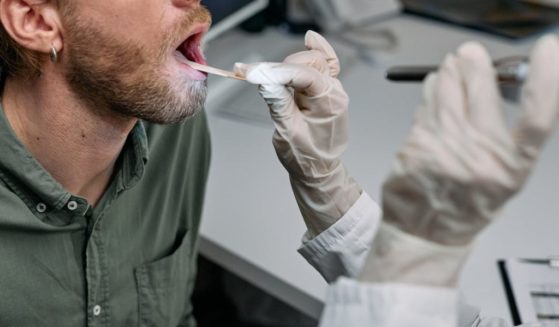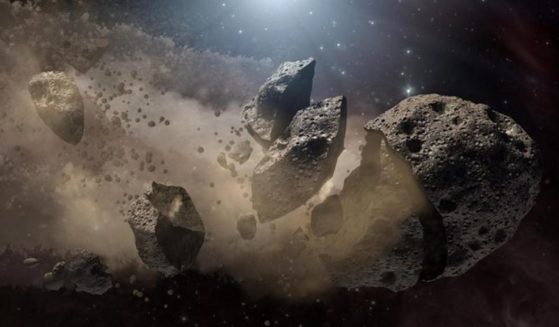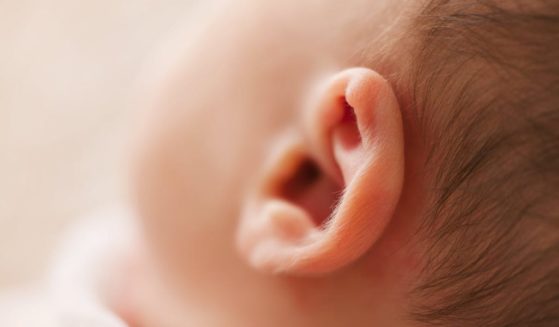Weather Data From Pearl Harbor Warships Could Help Climate Research

Weather data rescued from American warships bombed when the Japanese attacked Pearl Harbor is to play a key role in climate research.
More than 2,000 U.S. sailors, marines, soldiers and civilians were killed during the infamous surprise attack on Dec. 7, 1941, that triggered America’s entry into the Second World War.
Some of the badly damaged vessels, including battleships the USS Pennsylvania and the USS Tennessee, returned to service during the global conflict and US naval servicemen continued their daily duties, which included recording weather data.
A new research paper, led by a British scientist and published in Geoscience Data Journal, describes the recovery of World War Two weather data that comes from 19 US Navy ships.
It was made possible thanks to the hard work of more than 4,000 volunteers who transcribed over 28,000 logbook images from the U.S. Navy fleet stationed at Hawai’i from 1941 to 1945.

Previous studies have suggested these years were abnormally warm.
The new data, encompassing more than 630,000 records with over three million individual observations, will help to show whether that was the case.
Research leader Dr. Praveen Teleti, of the the University of Reading, said: “Disruptions to trade routes in World War II led to a significant reduction in marine weather observations.
“Until recently, records from that time were still only available in classified paper documents.
“The scanning and rescuing of this data provides a window into the past, allowing us to understand how the world’s climate was behaving during a time of tremendous upheaval.
“There are two sets of people we need to thank for making this mission a success.
“We are very grateful to the global team of citizen scientists for transcribing these observations and creating a huge dataset that includes millions of entries about air and sea surface temperatures, atmospheric pressure, wind speed, and wind direction.”
Dr. Teleti said the logbooks used in the project come from 19 different vessels – including battleships, aircraft carriers, destroyers, and cruisers – most of which played pivotal roles in World War II.
Many ships that data was recovered from were present at Pearl Harbor during the Japanese attack, although all ships listed in the study saw action in the Pacific at some point during the war.
Data from naval vessels were the primary sources of marine observations during World War II – but many records were destroyed as an act of war, or simply forgotten due to the length of time they were considered classified.

Dr. Teleti says the recovered data reveals how wartime necessitated changes in observation practices. For example, more observations were taken during daytime than at night to reduce exposure to enemy ships and avoid being detected.
It is believed that such changes have led to slightly warmer temperatures being recorded, meaning today’s history books show a period of abnormal warmth in global datasets during World War II.
Dr. Teleti says the new data will help resolve the uncertainty.
He said the rescued data will help scientists correct and fill gaps in existing datasets and ensure they can better understand how global climate has evolved since the early 20th Century.
Dr. Teleti added: “The greatest respect must go to the brave servicemen who recorded this data.
“War was all around them, but they still did their jobs with such professionalism.
“It is thanks to their dedication and determination that we have these observations 80 years on.”
Produced in association with SWNS Talker
The Western Journal has not reviewed this story prior to publication. Therefore, it may not meet our normal editorial standards. It is provided to our readers as a service from The Western Journal.
Truth and Accuracy
We are committed to truth and accuracy in all of our journalism. Read our editorial standards.











